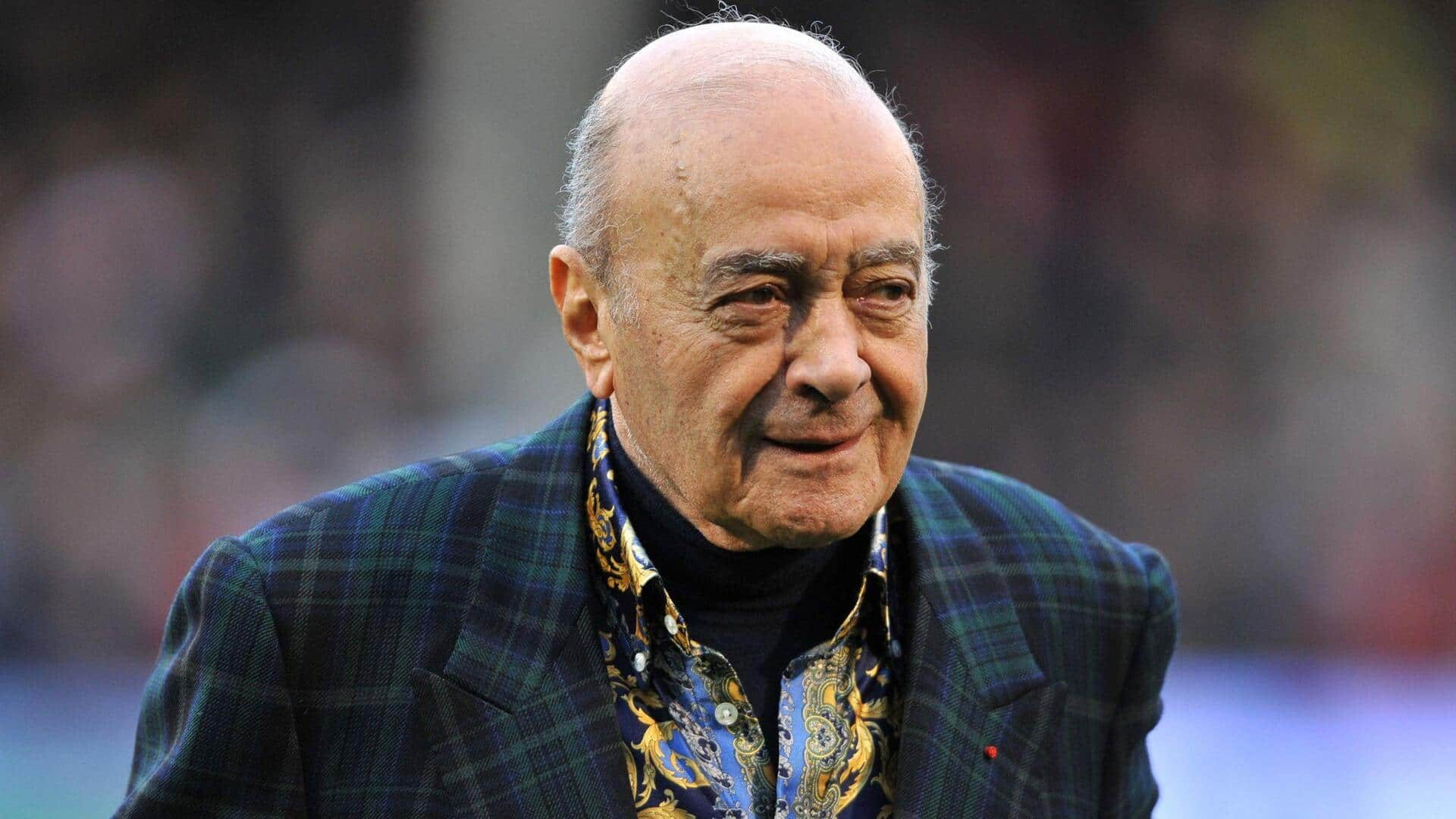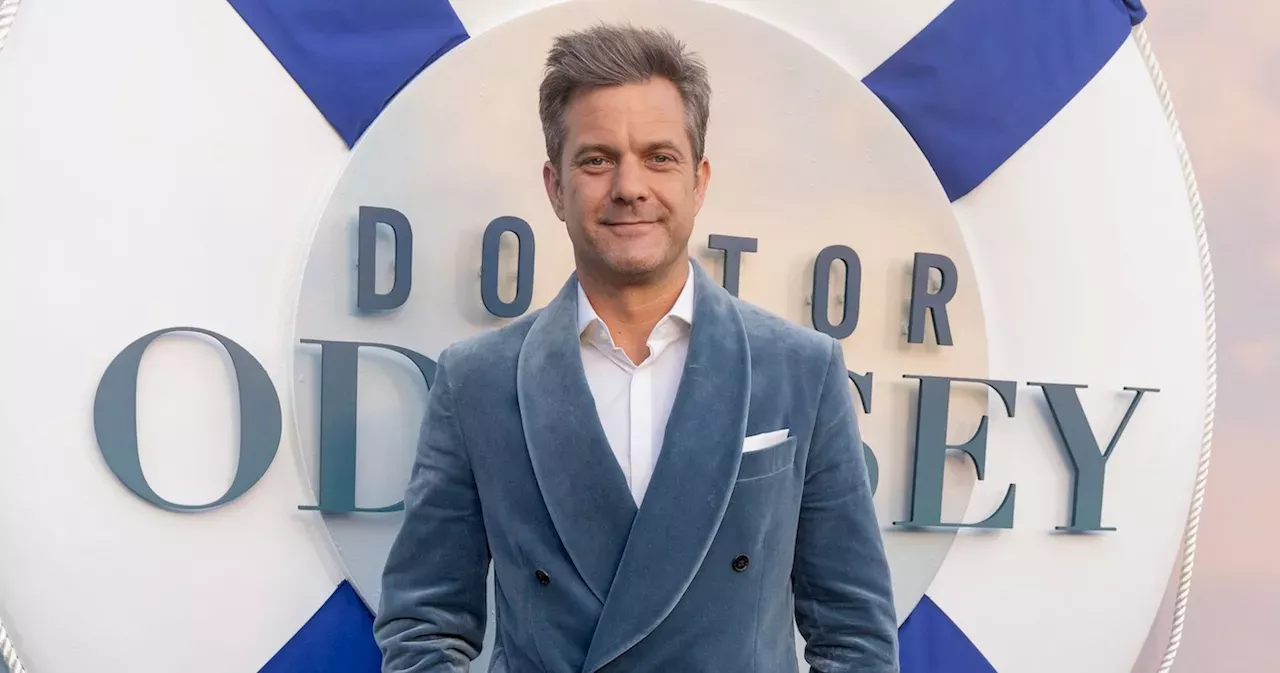By Ken Rosenthal, Patrick Mooney, Will Sammon and Katie Woo MLB trade deadline watch is a collection of news and notes from our reporting team of Patrick Mooney, Will Sammon, Katie Woo and Ken Rosenthal. Two league sources, one with the Marlins , one with another club, used the same phrase Tuesday when asked about the questions regarding Jazz Chisholm Jr.’s makeup.
“It’s not a secret,” the sources said, speaking on condition of anonymity in exchange for the candor. Some clubs are completely out on Chisholm because of his strong personality. Other clubs are attracted to his power-speed combination, not to mention his two additional years of club control.

Advertisement Chisholm, 26, entered Tuesday with 13 home runs and 19 stolen bases in 27 attempts. He is owed the balance of his $2.625 million salary this season.
That number likely will jump to the $5 million range in his second year of arbitration, and increase again in his third. Durability is a concern with Chisholm, who played in only 281 of a possible 486 games the previous three seasons, or 58 percent. But this season, he has appeared in 98 of the Marlins’ 101 games.
As for Chisholm’s makeup, one Marlins person said he would be fine in the right clubhouse — a more veteran clubhouse than Miami’s. The Yankees , who have shown interest in Chisholm according to the New York Post, might be more willing than other clubs to absorb him. This season, the Yankees have embraced right-hander Marcus Stroman and left fielder Alex Verdugo , two players who, like Chisholm, occasionally come off as individualists .
The Mariners , another team with reported interest, might welcome Chisholm’s energy as well. To acquire Chisholm for three pennant races, a team likely would need to make the Marlins a significant offer — more than, say, one of its top 20 prospects. Chisholm is affordable enough for the budget-conscious Marlins to retain if they do not get the deal they desire.
With Cubs selling, Jameson Taillon a name to watch Jameson Taillon could become a very popular name now that the Cubs have signaled they are open for business. Good pitching is hard to find and Taillon is a sturdy, dependable starter who has already proven himself in big markets and the American League East. Taillon has a measure of control with the limited no-trade protection in his contract, which gives him the ability to submit a list of 10 teams that he can block a deal to each year.
The 6-foot-5, 230-pound right-hander stands out even more because he’s performing at a high level (2.96 ERA in 17 starts) at a time when the Cubs have a roster saddled with too many players who have full no-trade clauses, injury issues and/or underwhelming value as trade chips. Taillon’s excellent clubhouse reputation will be a plus.
Yankees officials, for example, raved about his presence in New York. Craig Breslow, who’s now the chief baseball officer for the Red Sox , was the Cubs executive who met Taillon in New York and made the recruiting pitch when he became a free agent after the 2022 season. Taillon’s medium-term contract — which runs through 2026 and has a balance of roughly $42 million — could appeal to the Orioles given their lack of controllable starters beyond this season .
Advertisement The Padres could make sense, too. When the Cubs shipped Yu Darvish to San Diego after the 2020 season, A.J.
Preller was essentially the only baseball executive in the middle of a pandemic willing to take on salary, give up prospects and stay off Darvish’s no-trade list. With Darvish on the restricted list and Joe Musgrove on the injured list, Preller is once again hunting for pitching. “There’s definitely noise going on,” Taillon said after throwing 7 1/3 innings in Tuesday’s 1-0 loss to the Brewers .
“But at the end of the day, I’ve been around long enough to understand that (if) I don’t check my boxes and do what I need to do, then I’m going to put the team in a bad spot. That’s just the discipline and the professionalism aspect. You got to show up and do your job regardless.
” Which Rays pitcher may be most attractive in market Zach Eflin finished sixth in the 2023 American League Cy Young voting. He is a more established and accomplished right-handed starter than his Rays teammate, Zack Littell . But in some ways, Littell is a more attractive trade candidate.
Health concerns are one reason. Eflin, 30, worked 177 2/3 innings last season and is up to 104 1/3 this season, but he deals with chronic knee issues and made brief trips to the injured list for lower-back problems in each of the past two years. Littell, 28, is in his first full season as a starter after getting claimed off waivers from the Red Sox in May 2023 and joining the Rays’ rotation last July.
His 107 innings already are a career-high, and he seems to be fading, with a 5.49 ERA in his last 12 starts. Why, then, might certain teams prefer him? Money.
Eflin is owed the balance of his $11 million salary this season and $18 million next season. Littell is owed considerably less — the rest of his $1.85 million salary this season and whatever raise he earns in arbitration for his walk year in 2025.
Some contenders are concerned about exceeding luxury-tax thresholds. Others face continued financial uncertainty with their regional television networks. So while Eflin has a 4.
14 ERA to Littell’s 4.46, he will be priced out of some markets. Advertisement On the other hand, a team with payroll flexibility can take on Eflin, knowing his remaining salary obligation would reduce the cost in prospects.
The Rays, as always, figure to entertain every possible scenario, discussing both pitchers and position players. They’ve already traded righty Aaron Civale and reliever Phil Maton to clear spots for younger players. And the returns of several injured starters — Shane Baz most recently, Drew Rasmussen later this season (as a reliever) and Shane McClanahan and Jeffrey Springs in 2025 — gives them the potential to do more.
Mets in position to thread the needle As early as his introductory press conference last October as the Mets’ new president of baseball operations, David Stearns talked about “threading the needle” as a goal. He wanted to compete for the playoffs in 2024. He also wanted to do so in a way that wouldn’t detract from the future.
As the Mets continue to stay in the hunt for a wild-card spot, they remain in position to do just that. The industry holds some level of expectation that the Mets can still buy and sell in some ways. But they can effectively thread the needle through just modest supplementation as well — without the subtracting part.
That’s true for a few reasons, league sources said. Barring a collapse, the Mets want to add relief help, but they’ll likely refrain from acquiring one of the best rental relievers because of the volatility of the position and the high cost of prospect capital, sources said. So if they trade prospects for a reliever or two, it likely won’t come at the expense of major prospects.
Also, the Mets just restocked their farm system last year through a major selloff. In part because of that decision — which came after they traded away from their minor leagues in previous years — rival evaluators said that the farm system is deeper than it was a couple of years ago. The Mets probably can get a decent reliever through their depth of intriguing minor-league pitchers or lower-level versatile position players.
Advertisement The other part of threading the needle involves the value of winning now. It’s possible that the Mets don’t trade much in the form of expiring contracts , don’t make the playoffs, and don’t get anything for keeping the veterans they acquired in the offseason on short-term or expiring deals. But to stay in contention, they’ll need the likes of J.
D. Martinez . They’ll need Luis Severino .
They’ll probably need Jose Quintana . As some people familiar with the Mets’ thinking said, sometimes it can be worth the risk of getting nothing to give your club a chance to make the playoffs. That should be especially true for a major-market club with an owner like Steve Cohen; the Mets have the kind of resources where they shouldn’t necessarily have to sweat getting some kind of marginal prospect for a decent-not-great soon-to-be free agent.
Why an industry remains gridlocked The trade deadline is less than a week away, yet the market remains remarkably quiet. What gives? The number of teams currently in or close to playoff contention has left the industry in gridlock. “There are definitely some defined sellers,” Cardinals’ president of baseball operations John Mozeliak said.
“But I think the majority of the league right now is straddling the fence on what individually they need to do. ..
. I’ve definitely spoken with teams that are just not sure where they are yet.” One look at the standings in either league shows why so many teams are undecided.
In the National League, six teams are separated by five games for the fifth and sixth playoff spots. The American League is less congested, but teams hovering around the .500 mark, like the Rays and the Tigers , could still theoretically make a run.
Five teams — the A’s, Marlins, Rockies, Angels and White Sox — entered July labeled as full-on sellers. The Cubs recently announced their decision to pivot toward 2025, and the Nationals are willing to listen to offers on players outside of their emerging core. But both teams are looking to be competitive next season, which limits what players they will make available.
“There are so many teams that are unsure of what the next six, seven days are going to hold for them,” Mozeliak said. “They haven’t put a stake in the ground of what they’re doing. The uncertainty of that is creating a market that has not yet been defined.
” Advertisement How has that complicated things for the aforementioned true sellers? It’s difficult — if not impossible — to set a price on an undefined market. One example: The Marlins were expected to begin their sell-off early, but the lack of clarity on return value has the organization in a holding pattern. “If you are a seller, you’re not ready to sell because you can’t optimize your market yet, because you don’t understand who’s truly buying,” Mozeliak explained.
“There are a handful of defined teams buying, but there are so many teams that are still unsure. You might be able to strike a deal today, but you don’t know if you’ve really maximized it.” (Top photo of Jazz Chisholm Jr.
: Rich Schultz / Getty Images).



















